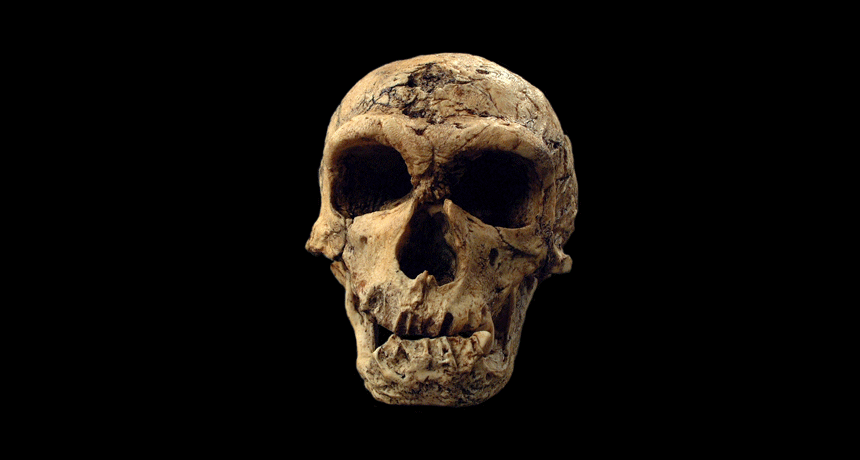One thing that would help to resolve matters would be evidence of interbreeding, but that is not at all easy to prove, or disprove, from fossils. In 1999, archeologists in Portugal found the skeleton of a child about four years old that died 24,500 years ago. The skeleton was modern overall, but with certain archaic, possibly Neandertal, characteristics: unusually sturdy leg bones, teeth bearing a distinctive "shoveling" pattern, and (though not everyone agrees on it) an indentation at the back of the skull called a suprainiac fossa, a feature exclusive to Neandertals. Erik Trinkaus of Washington University in St. Louis, the leading authority on Neandertals, announced the child to be a hybrid: proof that modern humans and Neandertals interbred. Others, however, were troubled that the Neandertal and modern features weren't more blended. As one critic put it: "If you look at a mule, you don't have the front end looking like a donkey and the back end looking like a horse."

Ian Tattersall declared it to be nothing more than "a chunky modern child." He accepts that there may well have been some "hanky-panky" between Neandertals and moderns, but doesn't believe it could have resulted in reproductively successful offspring.1 "I don't know of any two organisms from any realm of biology that are that different and still in the same species," he says.












